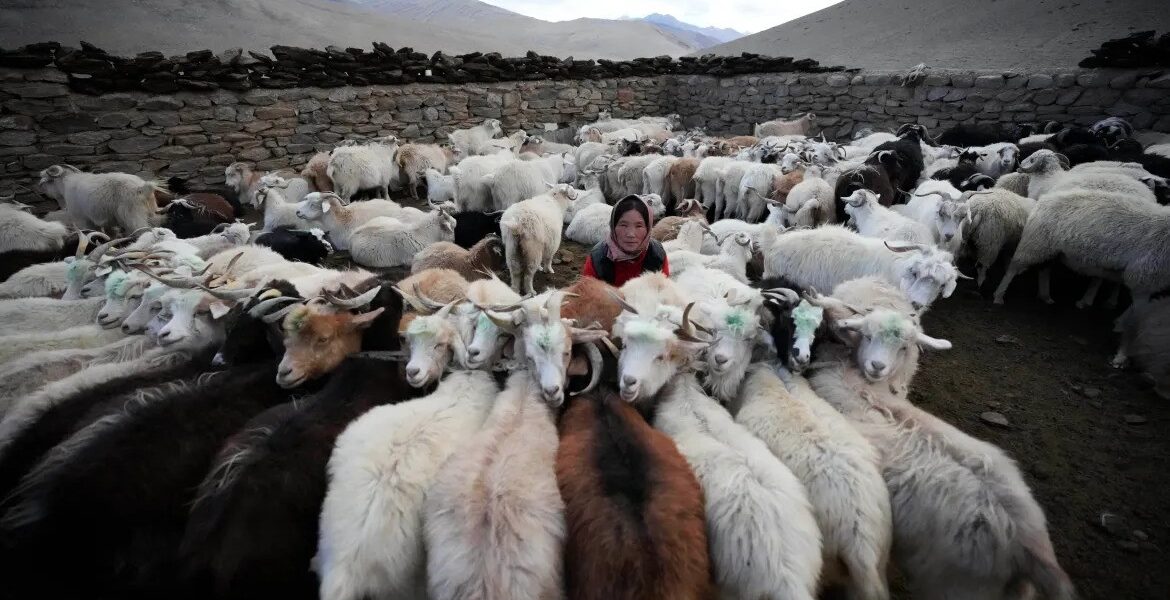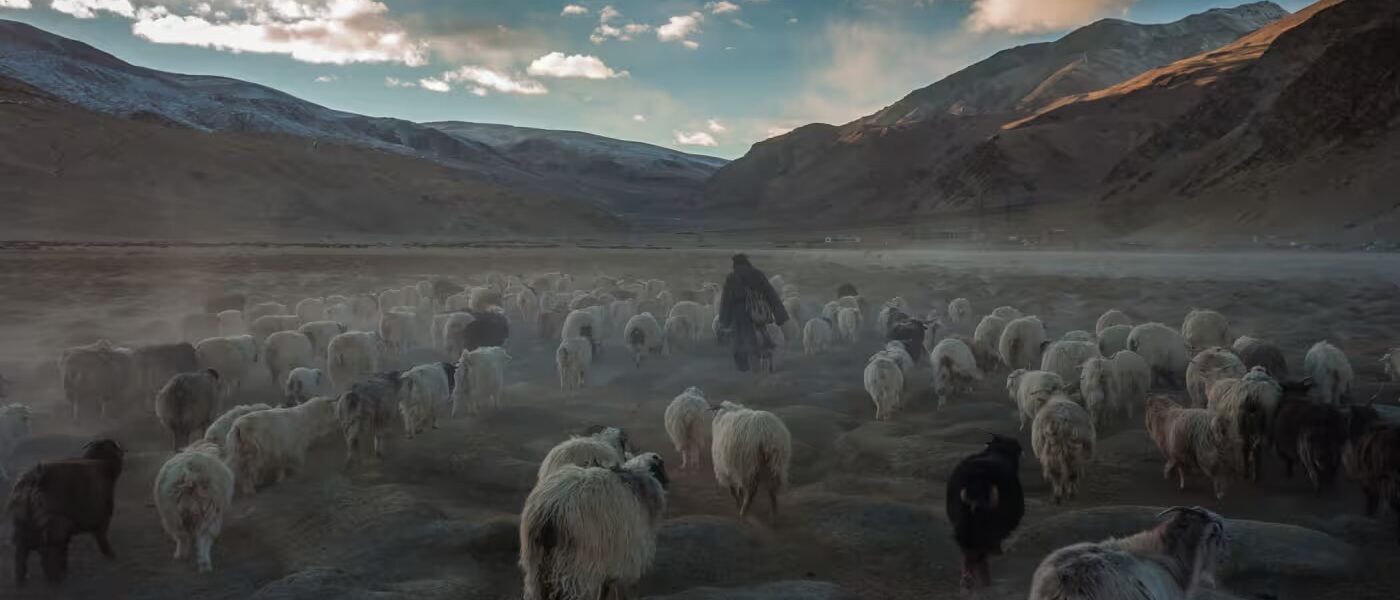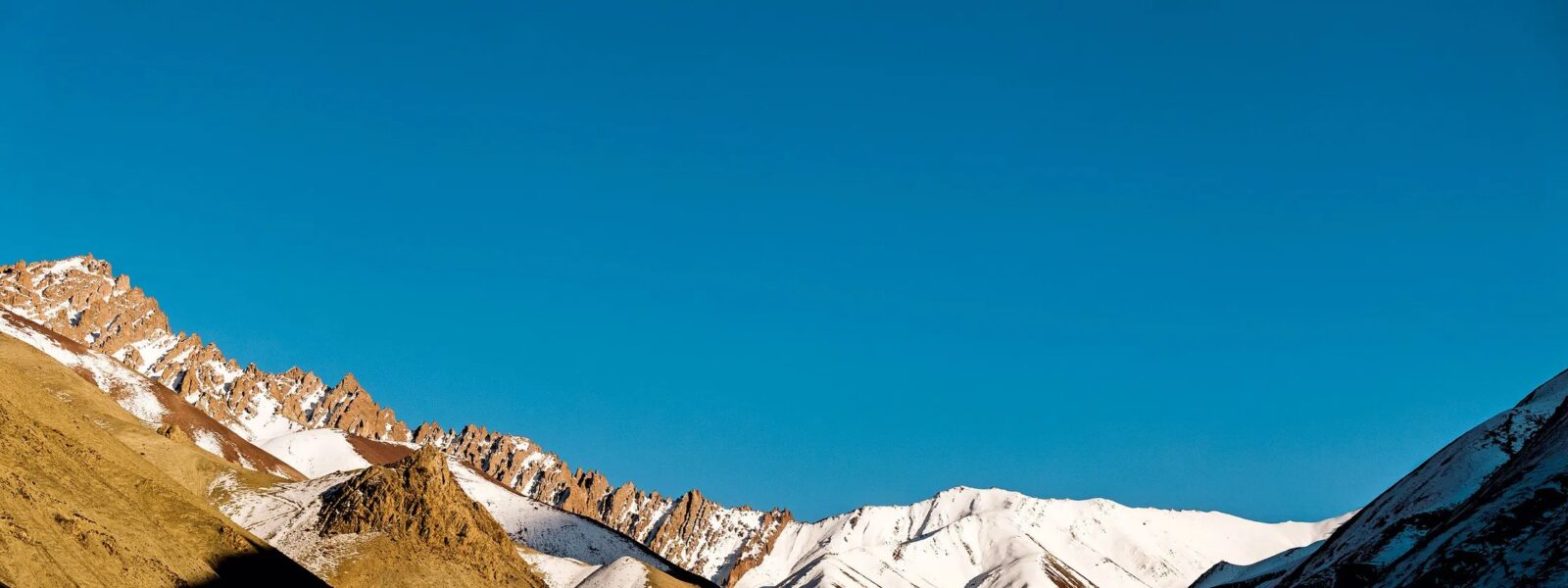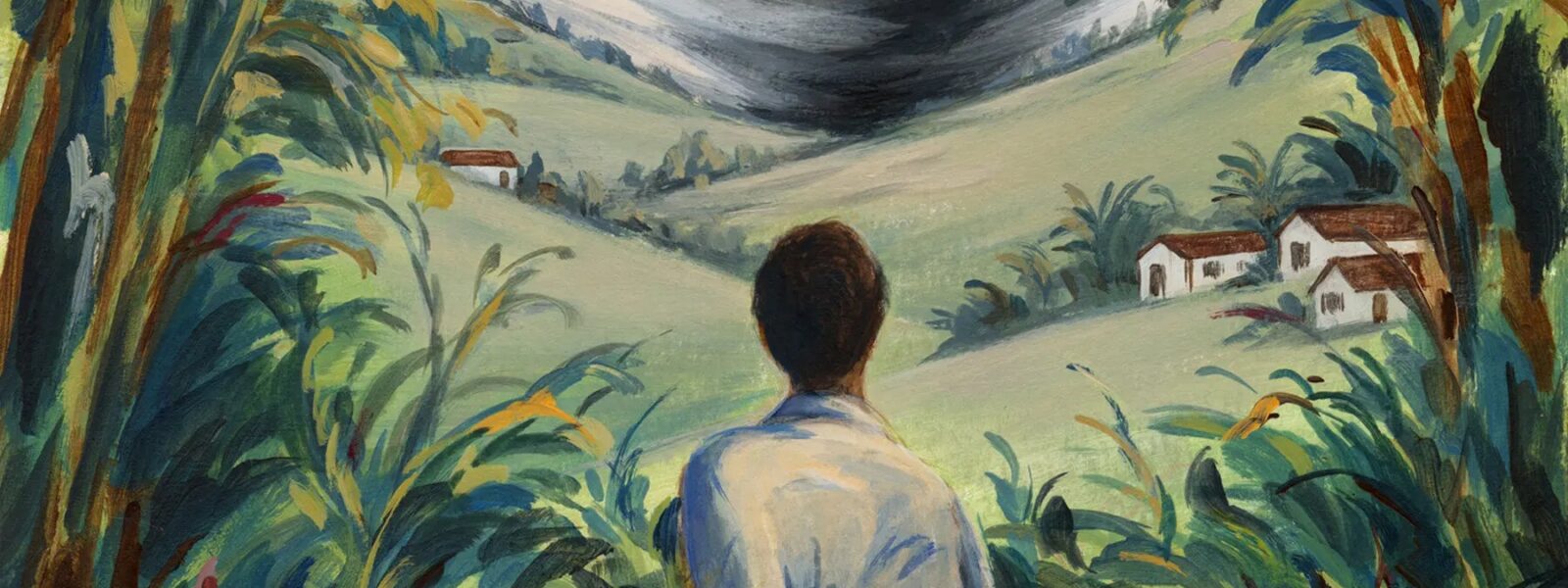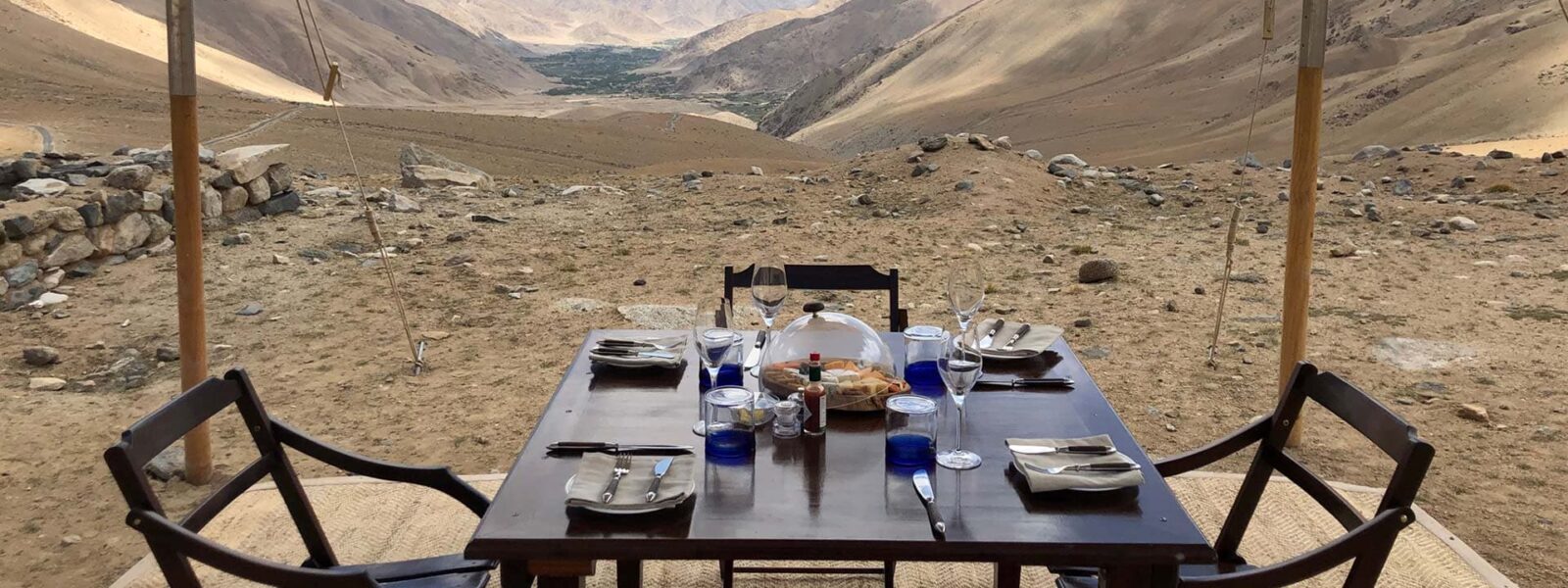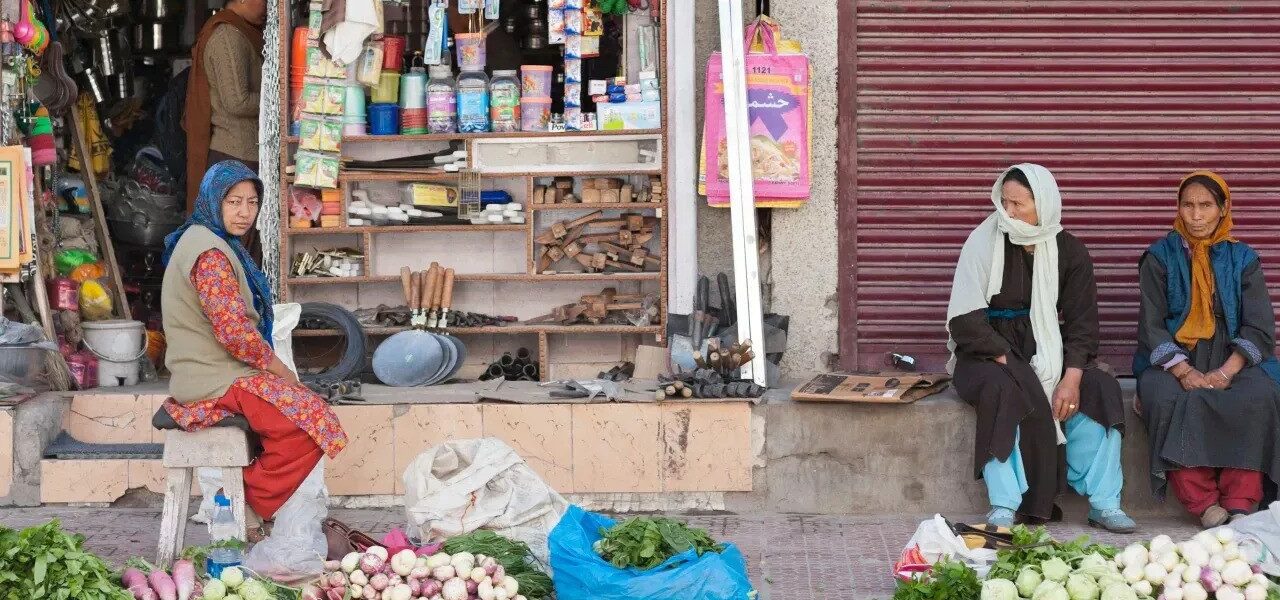10 Unforgettable Winter Experiences in Ladakh: A Complete Guide to the Frozen Paradise
Ladakh, often referred to as a “frozen paradise,” offers some of the most surreal and unforgettable winter experiences in the world. Nestled in the high Himalayas, this cold desert transforms into a magical winter wonderland, with snow-covered mountains, frozen lakes, and thrilling adventures that attract nature lovers and thrill-seekers alike. Whether you’re drawn to trekking across frozen rivers, spotting rare wildlife, or simply soaking in the serenity of snow-draped monasteries, Ladakh in winter promises memories that will last a lifetime.
In this comprehensive guide, we’ll take you through the top 10 winter experiences in Ladakh, giving you all the insights you need to plan your adventure to this snowy sanctuary.
1. Trek Across the Frozen Zanskar River (Chadar Trek)
What is the Chadar Trek?
The Chadar Trek is one of the most iconic winter treks in the world, where adventurers walk on the frozen Zanskar River. “Chadar” means “sheet,” representing the thick layer of ice that covers the river. This challenging trek takes you through deep gorges and towering snow-capped cliffs, offering an unparalleled high-altitude experience.
Why Chadar Trek is Unforgettable
- The trek spans over 105 kilometers and takes around 9 days to complete.
- You’ll encounter breathtaking ice formations and frozen waterfalls that are exclusive to winter.
- Trekking on the slippery ice sheet at sub-zero temperatures (-10°C to -30°C) is a thrill like no other.
The Chadar Trek is not just about the physical challenge but also about the opportunity to witness Ladakh’s raw, untamed beauty during winter. If you’re an adventure enthusiast, this should be at the top of your list.

2. Marvel at the Frozen Pangong Lake
Visiting Pangong Lake in Winter
Imagine standing on the frozen surface of Pangong Lake, which stretches between India and Tibet, famous for its changing colors in summer. In winter, this magical lake is completely frozen, with a thick layer of ice stretching as far as the eye can see. The experience is otherworldly, as the lake reflects the azure sky and surrounding snow-clad mountains.
Photography and Serenity at Frozen Pangong Lake
Pangong Lake is a photographer’s dream during winter. Whether you’re capturing the glistening ice or simply absorbing the tranquil beauty, this is one experience you won’t want to miss. The lake’s stillness and stark beauty offer moments of deep reflection and peace, making it a must-see spot during your Ladakh winter trip.
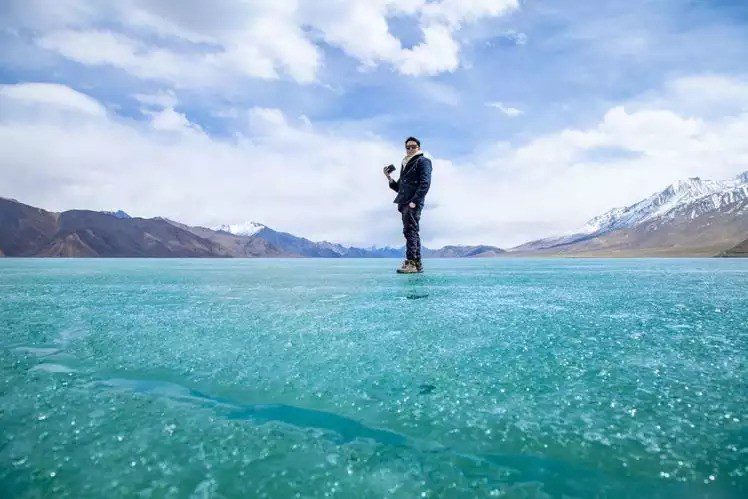
3. Spot the Elusive Snow Leopard
Snow Leopard Tours in Ladakh
Ladakh is one of the few places in the world where you can spot the elusive snow leopard in the wild. During winter, these majestic creatures descend to lower altitudes in search of food, giving visitors a rare opportunity to track them.
Why Winter is the Best Time for Snow Leopard Sightings
Popular spots for snow leopard tours include Hemis National Park, Ulley Valley, and Sham Valley. Accompanied by local guides, travelers embark on multi-day expeditions to track these elusive big cats. Winter increases your chances of seeing a snow leopard as they move to lower regions in search of prey like blue sheep.
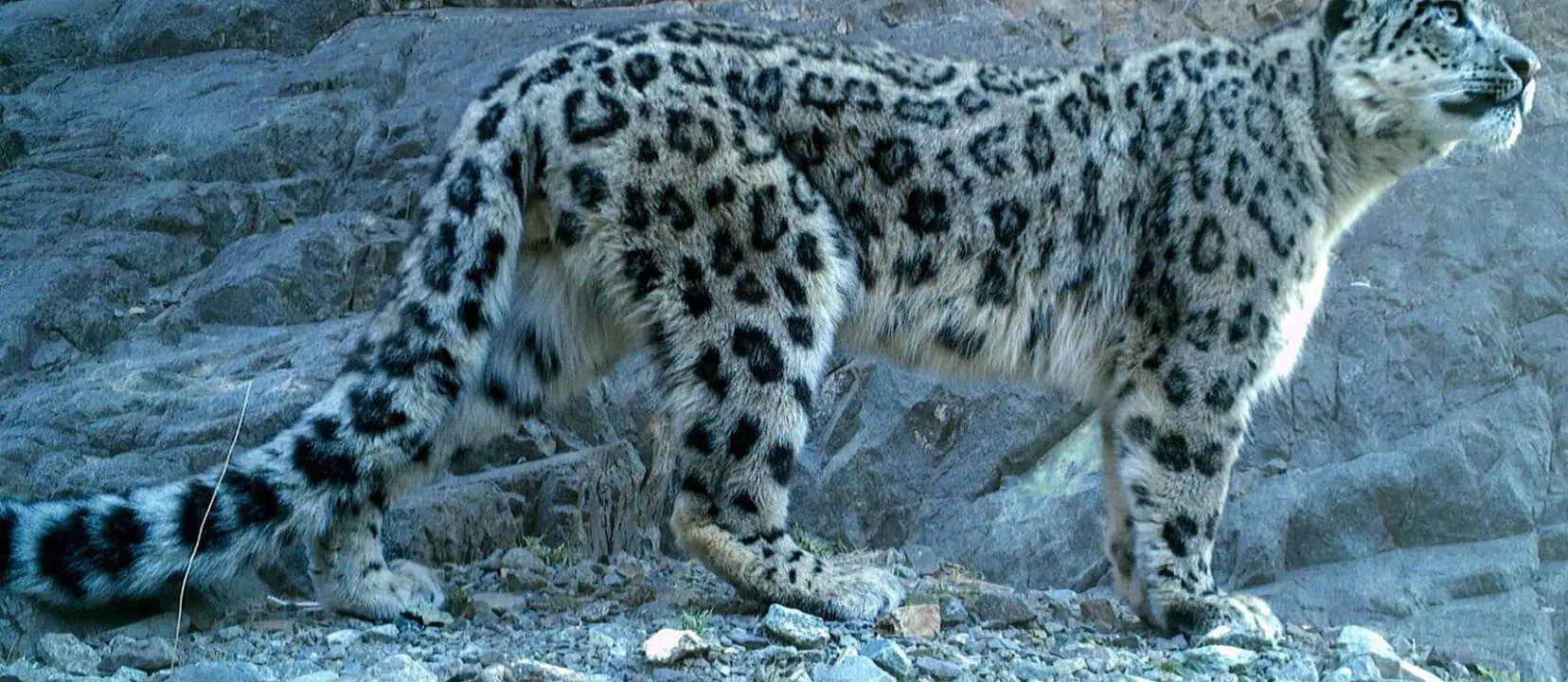
4. Visit the Winter Monasteries
Buddhist Monasteries in Winter
Winter brings a unique serenity to the famous Buddhist monasteries of Ladakh, such as Hemis, Thiksey, and Diskit. The snow-covered landscapes provide a peaceful backdrop for these ancient spiritual centers, where monks continue their rituals and practices undisturbed by the outside world.
Cultural and Spiritual Experiences in Winter
Ladakh’s monasteries become even more spiritual in winter as they host festivals like the Spituk Gustor, celebrating the region’s rich cultural heritage. Witnessing these ceremonies in the stillness of winter is an unforgettable spiritual experience. You can also meditate in the serene atmosphere or explore the monasteries’ fascinating artwork and architecture, undisturbed by the summer crowds.
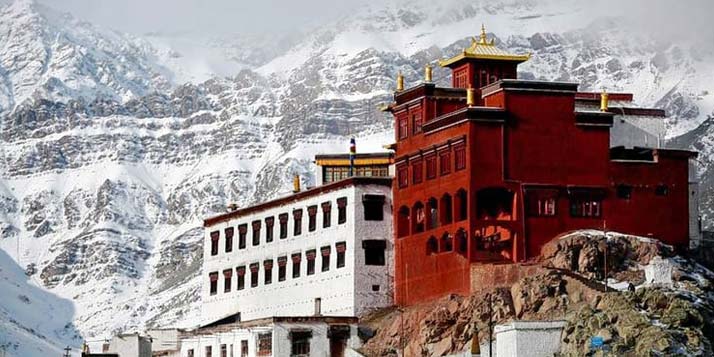
5. Experience the Nubra Valley Under Snow
Nubra Valley in Winter
Known for its sand dunes and double-humped Bactrian camels in summer, Nubra Valley takes on a different charm in winter. The cold desert transforms into a snow-covered wonderland, with frozen rivers and towering snow-capped peaks.
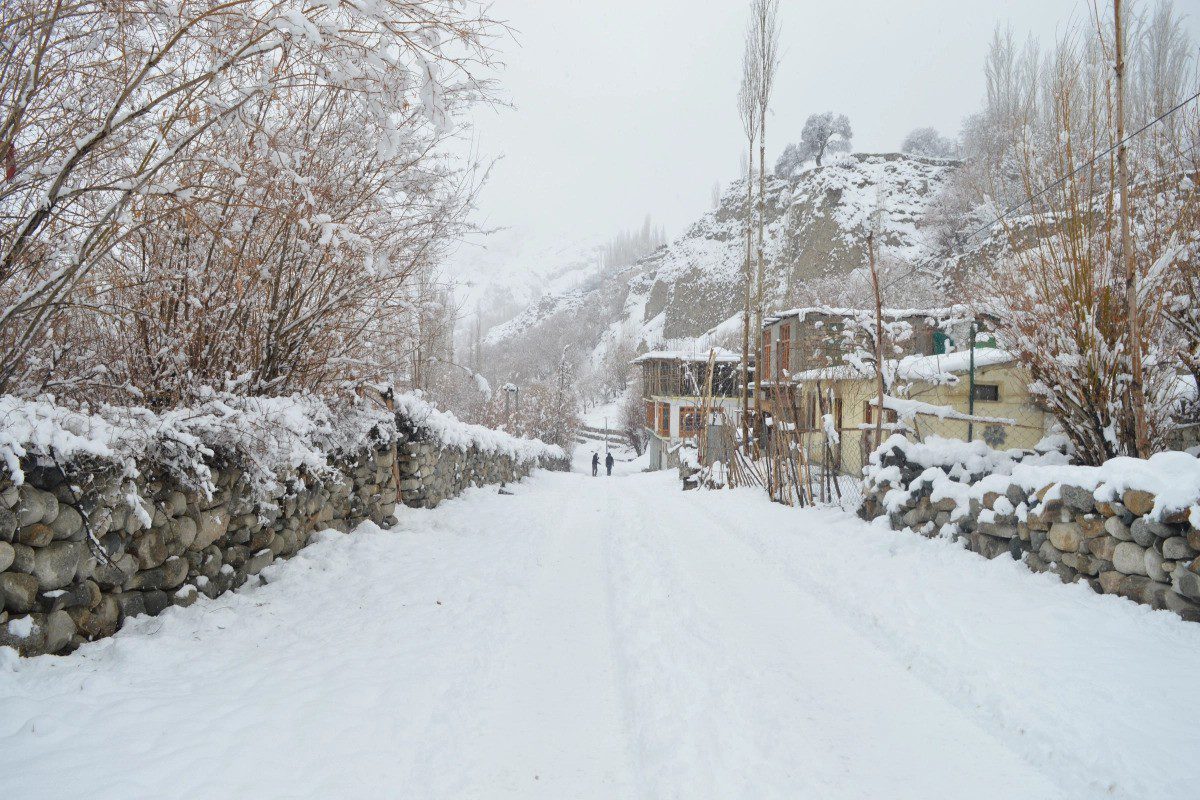
Unique Winter Adventures in Nubra Valley
In Nubra Valley, you can visit the Diskit Monastery or explore the remote villages that seem untouched by time. The juxtaposition of sand dunes covered in snow is a surreal sight. A winter road trip to Nubra Valley is also one of the most thrilling ways to experience this region, although it’s advisable to check road conditions due to heavy snowfall.
6. Indulge in Traditional Ladakhi Winter Food
Ladakh’s Winter Cuisine
Ladakh’s harsh winters demand hearty meals, and local Ladakhi winter cuisine doesn’t disappoint. Traditional dishes like thukpa (a noodle soup), momos (dumplings), and butter tea (made with yak butter) keep you warm and energized during the cold season.
Where to Try Ladakhi Winter Delicacies
Leh offers several homestays and winter restaurants where you can enjoy these delicacies. This local food not only provides warmth but also gives you a deeper connection to Ladakhi culture, as many recipes have been passed down through generations.
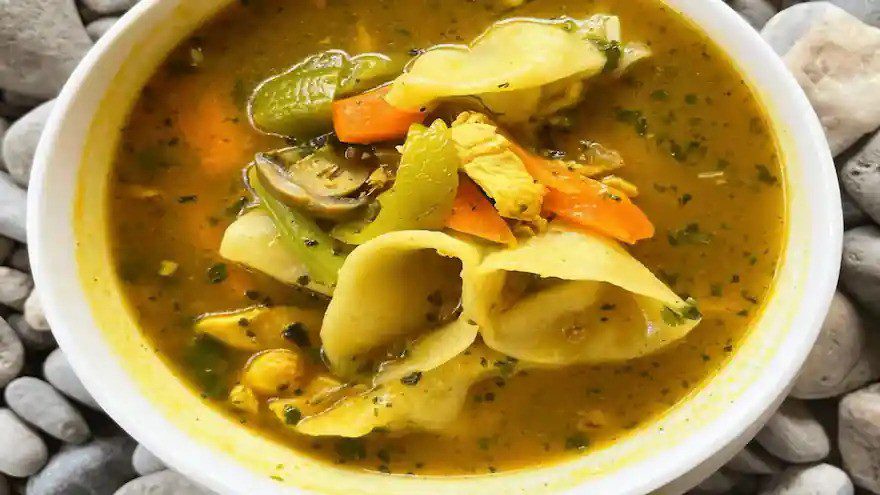
7. Embark on a Winter Road Trip to Tso Moriri Lake
Winter Road Trip to Tso Moriri
A winter road trip to Tso Moriri Lake is one of the most scenic drives you can take in Ladakh. The journey to this high-altitude lake, nestled at 15,000 feet, takes you through pristine snow-covered landscapes and remote villages.
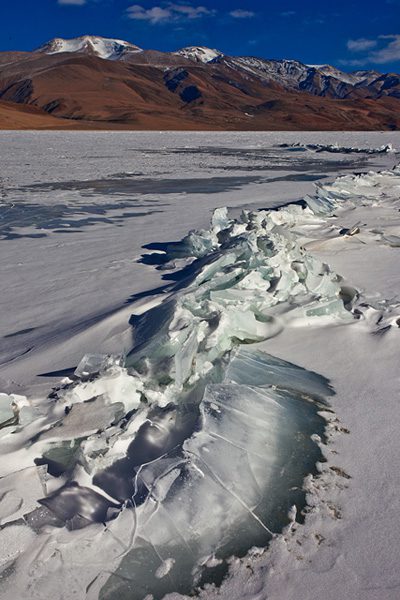
What to Expect on the Journey
While roads can be treacherous during winter, if you’re prepared and have a reliable vehicle, this road trip offers stunning views of frozen rivers, snow-covered peaks, and the partially frozen Tso Moriri Lake. Keep an eye out for migratory birds that still frequent the lake, even in the coldest months.
8. Enjoy the Leh Winter Festival
What is the Leh Winter Festival?
The Leh Winter Festival is a vibrant celebration of Ladakh’s unique culture, offering an array of snow sports, cultural performances, and local craftsmanship. Held annually in January or February, it showcases Ladakh’s traditions, including masked dances, local food stalls, and winter sports like ice skating and ice hockey.
Activities at the Leh Winter Festival
At the festival, you can participate in or watch ice hockey matches, explore traditional Ladakhi crafts, or enjoy cultural dances performed by locals dressed in colorful traditional attire. It’s the perfect way to immerse yourself in Ladakh’s vibrant culture during the winter months.
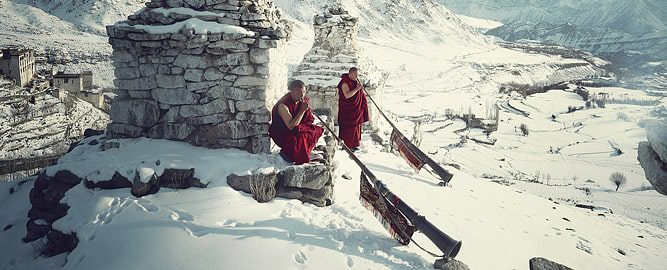
9. Stargazing in Ladakh’s Clear Winter Skies
Why Ladakh is Perfect for Winter Stargazing
With clear, pollution-free skies, Ladakh is one of the best places in the world for stargazing. Winter is especially ideal, as the night sky becomes crystal clear, revealing a canopy of stars, planets, and even distant galaxies.
Best Places for Stargazing in Ladakh
Hanle Observatory, located in one of the most remote regions of Ladakh, is one of the best spots for astronomy enthusiasts. You can also enjoy stargazing from Leh or any of the more remote villages. The combination of cold, crisp air and a breathtaking view of the Milky Way is a humbling experience that shouldn’t be missed.
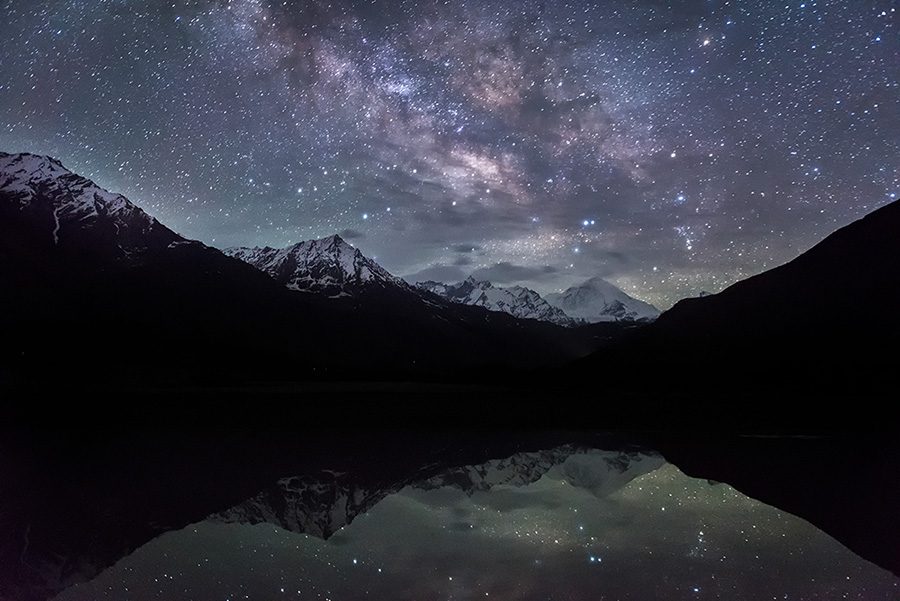
10. Relax in Hot Springs at Chumathang
Chumathang Hot Springs in Winter
For a truly unique experience, head to the Chumathang hot springs. Located along the banks of the Indus River, these geothermal springs remain warm year-round, offering a relaxing escape from the cold.
Why You Should Visit Chumathang Hot Springs
Soaking in the hot springs while surrounded by snow is an unforgettable experience. The contrast of warm, mineral-rich water with the cold winter air makes it a perfect way to unwind after a long day of exploration.
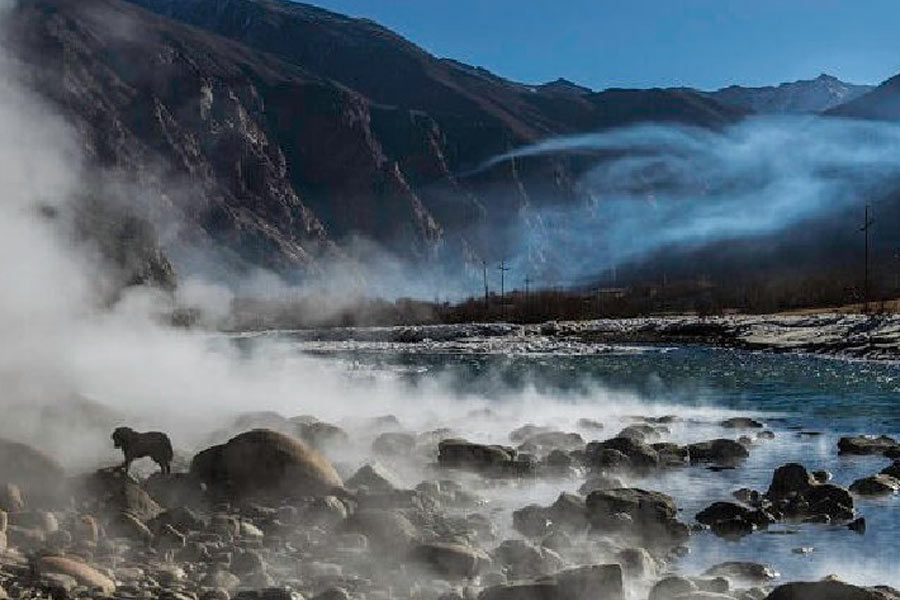
FAQs: Winter Travel in Ladakh
1. Is Ladakh safe to visit in winter?
Yes, but winter travel to Ladakh requires thorough preparation. Ensure you’re well-acclimatized to the high altitude and carry appropriate winter clothing to handle the freezing temperatures.
2. What are the best months to visit Ladakh in winter?
The best months to visit are December to February, when Ladakh is at its coldest and most beautiful, with snow blanketing the region.
3. How should I prepare for altitude sickness in Ladakh during winter?
To prevent altitude sickness, it’s essential to acclimatize slowly, stay hydrated, and avoid alcohol. Medications like Diamox can also help in preventing symptoms.
4. What should I pack for a winter trip to Ladakh?
Pack layers of warm clothing, thermal wear, snow boots, gloves, and a good quality jacket to keep yourself insulated from the cold.
5. Are roads open in Ladakh during winter?
Most roads, including the Leh-Manali Highway, close in winter due to heavy snowfall. However, Leh is accessible by air, and certain local roads remain open for winter road trips.
6. What are the top winter adventure activities in Ladakh?
Top activities include the Chadar Trek, snow leopard tours, ice hockey, ice skating, and snow treks to frozen lakes.
Q&A Section
Q: Can I drive to Ladakh in winter?
A: Driving to Ladakh in winter can be challenging as many mountain passes like Khardung La and Chang La may be snowed in. However, you can still reach Leh by air and arrange local travel via 4×4 vehicles equipped for winter conditions.
Q: Are there any cultural festivals in Ladakh during winter?
A: Yes, Ladakh hosts several cultural festivals in winter, including the Leh Winter Festival and the Spituk Gustor, which offer insights into the local traditions, dance performances, and sports like ice hockey.
Q: What is the coldest temperature in Ladakh during winter?
A: The temperature in Ladakh during winter can drop as low as -30°C, especially in remote areas like Pangong Lake and Nubra Valley.
Q: Can I do the Chadar Trek without prior trekking experience?
A: While prior trekking experience is beneficial, the Chadar Trek is extremely challenging due to harsh weather conditions and requires good physical fitness. It’s advisable to prepare adequately or consider easier winter treks if you’re a beginner.
Q: How long should I plan my winter trip to Ladakh?
A: A typical winter trip to Ladakh can last 7–10 days, depending on the experiences and treks you wish to include. If you’re trekking or attending festivals, you may want to extend your stay accordingly.
Q: What is the best way to acclimatize for a winter trip to Ladakh?
A: To acclimatize effectively, arrive in Leh a couple of days early, take it easy on the first few days, and stay hydrated. Slow acclimatization will help reduce the risk of altitude sickness.
Conclusion
Winter in Ladakh offers a unique combination of adventure, beauty, and tranquility that is hard to find anywhere else. Whether you’re trekking on frozen rivers, photographing frozen lakes, or relaxing in hot springs, every experience is unforgettable. Ladakh in winter is truly a frozen paradise, waiting to be explored.


